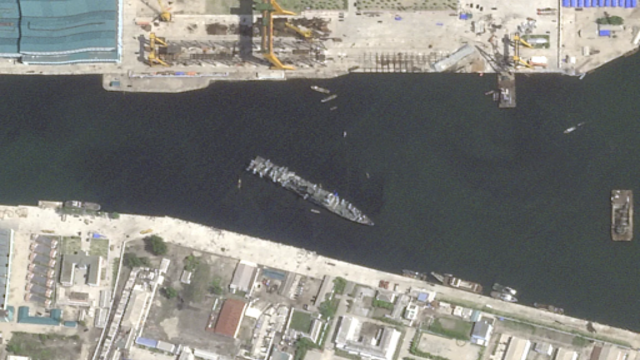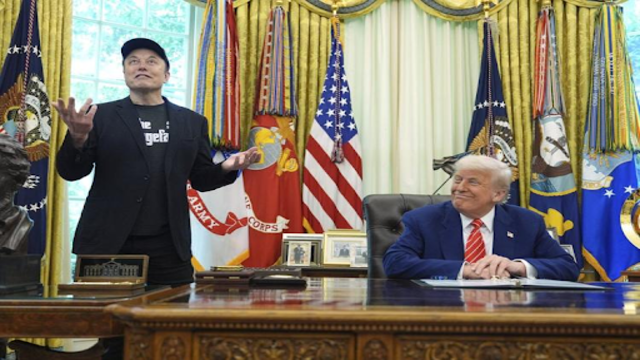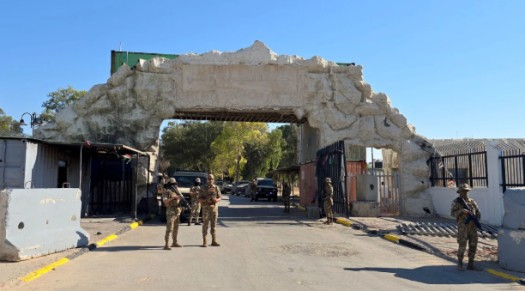
President Donald Trump and Israeli Prime Minister Benjamin Netanyahu held a joint press conference at the White House's East Room in Washington, D.C., on February 4, 2025. REUTERS
In a surprising announcement, President Donald Trump said the United States would take control of the Gaza Strip and develop it economically after resettling Palestinians elsewhere. This proposal, if carried out, would overturn long-standing U.S. policies on the Israeli-Palestinian conflict.
Trump revealed his plan during a press conference alongside Israeli Prime Minister Benjamin Netanyahu. He did not provide details but stated that Gaza, heavily damaged by war, needed a fresh start. His suggestion to relocate over two million Palestinians to neighboring countries came as a shock, especially as a temporary ceasefire between Israel and Hamas remains fragile.
The idea of the U.S. taking over Gaza is expected to face strong opposition from both allies and rivals. It also raises questions about whether Saudi Arabia would still be open to normalizing relations with Israel under U.S. mediation. Historically, Washington has supported a two-state solution, where Gaza and the West Bank would form a future Palestinian state.
Trump’s Vision for Gaza
"The U.S. will take over the Gaza Strip, and we will do a job with it too," Trump declared. "We'll own it and be responsible for clearing out all the unexploded bombs and dangerous weapons." He added that the U.S. would create jobs and transform Gaza into a prosperous region.
Trump even described Gaza as having the potential to become "The Riviera of the Middle East." However, he did not clarify how the U.S. could legally or practically take over the territory. Previous U.S. administrations have avoided deploying troops to Gaza due to its violent history.
When asked about the future residents of Gaza, Trump vaguely stated that it could become a home for "the world's people." Netanyahu did not comment in detail on the proposal but praised Trump for bringing "fresh ideas" to the discussion.
Reaction and Criticism
Trump's plan immediately drew criticism. Democratic lawmakers strongly opposed it, while Netanyahu refrained from discussing its specifics. Some analysts believe Trump often makes extreme statements to set the stage for future negotiations.
The United Nations estimates that clearing Gaza’s war debris could take over 20 years and cost around $1.2 billion. Critics argue that Trump's proposal ignores the lessons of past U.S. interventions in Iraq and Afghanistan, which resulted in prolonged conflicts and instability.
Trump also called for the permanent resettlement of Gaza’s population in other countries, a move widely condemned as forced displacement. Human rights groups warn that such actions could violate international law. Hamas official Sami Abu Zuhri rejected Trump's proposal, calling it an attempt to expel Palestinians from their land.
The Saudi government also dismissed the plan, reaffirming its stance that it would not establish ties with Israel unless a Palestinian state was created. Many experts view Trump's suggestion as reinforcing the agenda of Israel's far-right, which has long advocated for removing Palestinians from Gaza.
Uncertain Future
Trump’s announcement comes just weeks into his second term as president. His foreign policy rhetoric has already stirred controversy, including remarks about seizing Greenland and making Canada the 51st U.S. state.
While the details of his Gaza proposal remain unclear, it has already sparked widespread debate and concerns about its feasibility and impact on Middle East stability. Whether Trump intends to act on his words or is simply laying the groundwork for negotiations remains to be seen.















